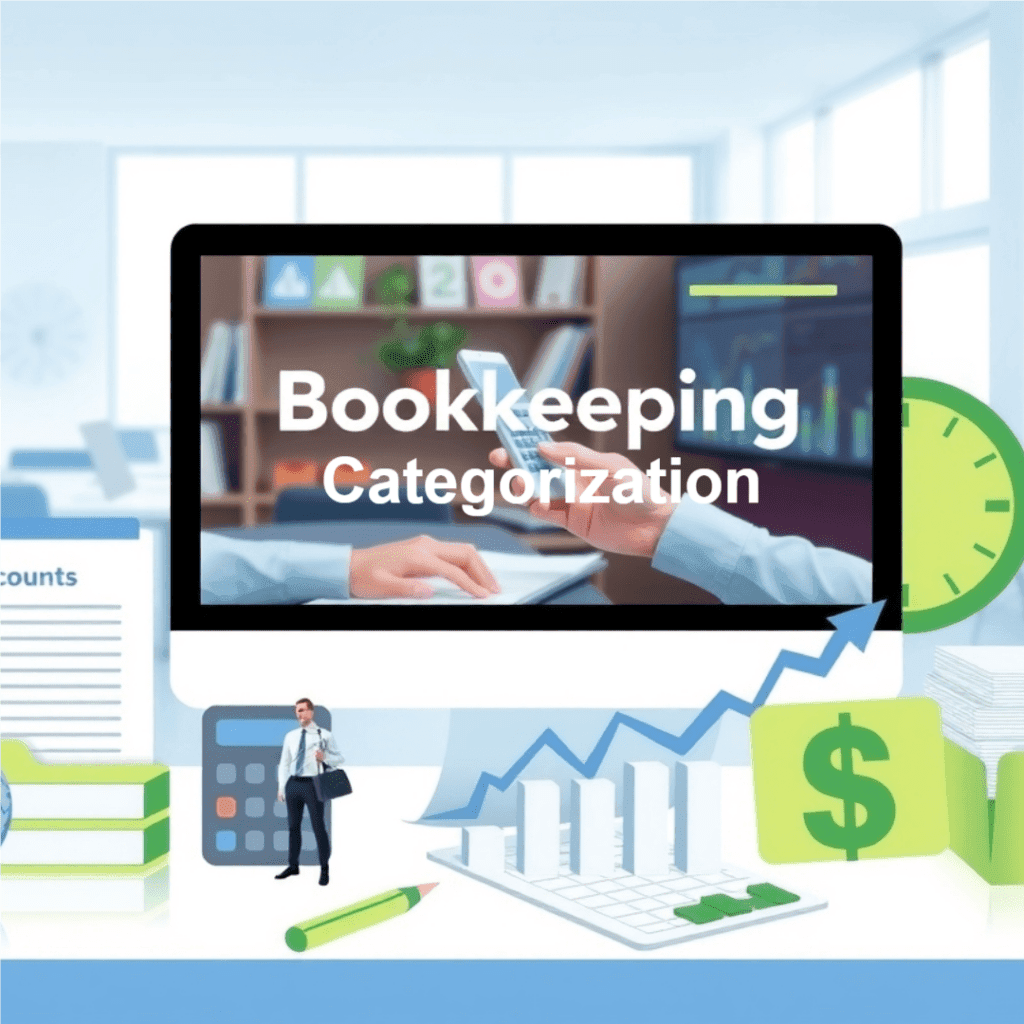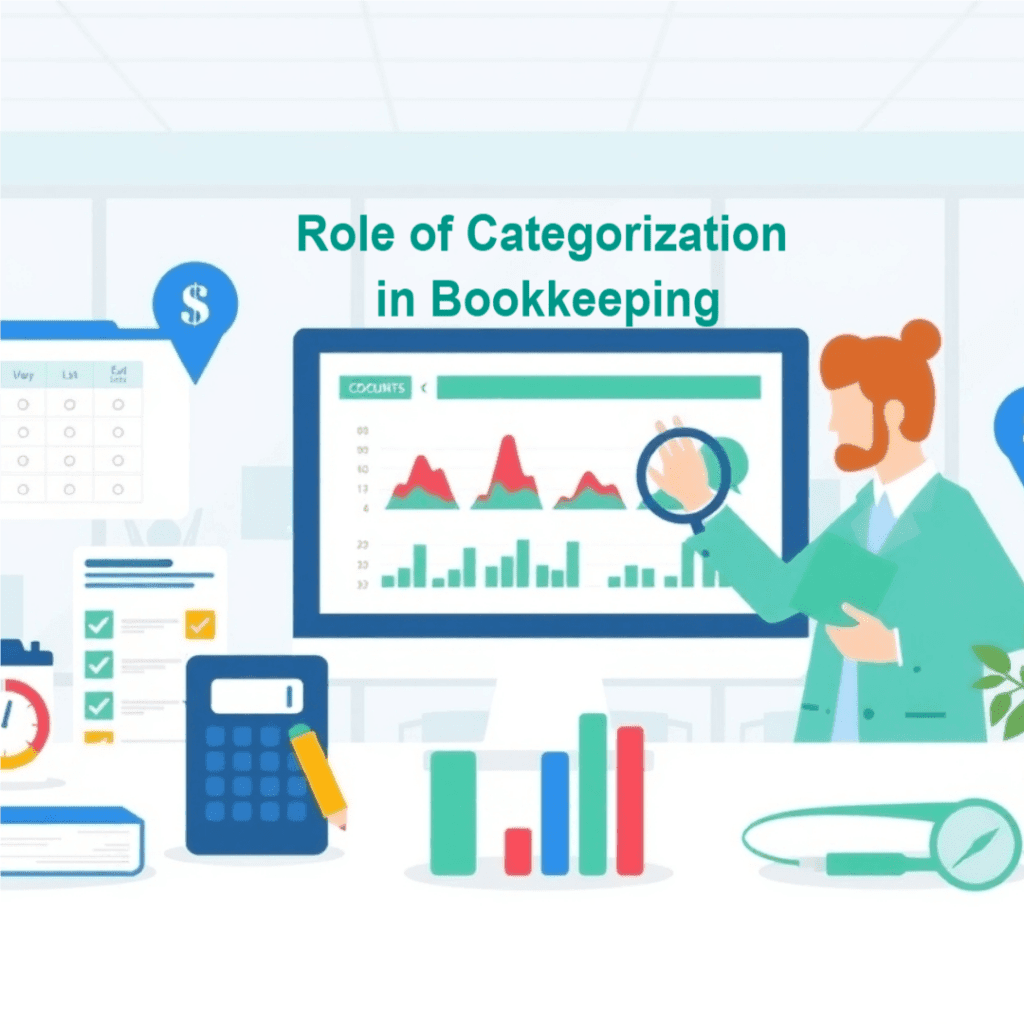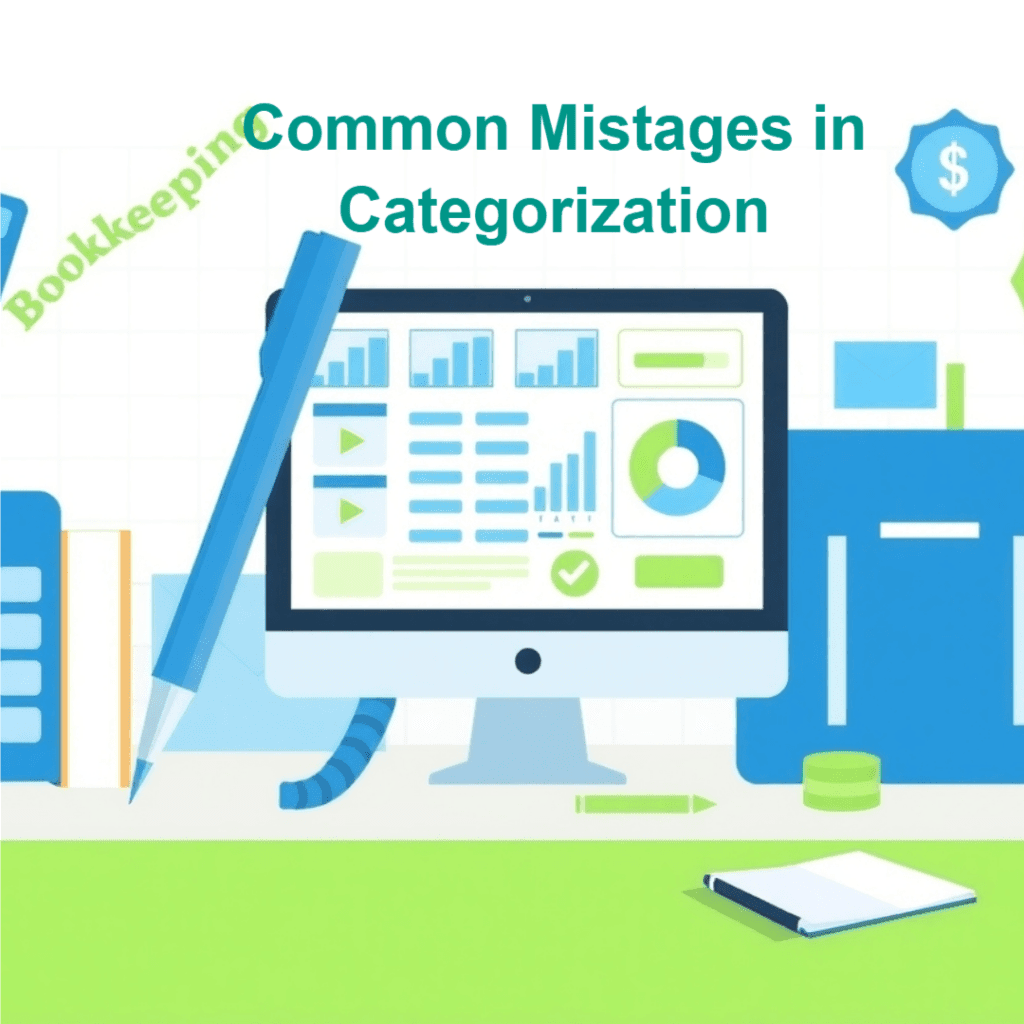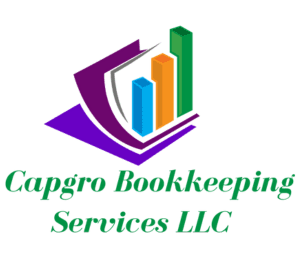The Importance of Proper Categorization for Bookkeeping Accuracy

Introduction to Bookkeeping Accuracy
In the world of small business finance, accuracy is everything. Bookkeeping accuracy doesn’t just help you stay organized—it’s essential for tax filing, strategic planning, and business growth. At the heart of Bookkeeping accuracy is one key practice: proper categorization of financial transactions.
Whether you’re using QuickBooks Online or any other accounting software, every expense, income, asset, and liability must be assigned to the correct category in your chart of accounts. Missteps here can lead to misinformed decisions, tax penalties, and time-consuming corrections during audits.
At Capgro Bookkeeping Services, we often help business owners clean up months—sometimes years—of inaccurate categorization. One of the first questions we address is: “Why is categorization such a big deal?”
This article explores that question, detailing why categorization matters, the common pitfalls, how to improve it, and the impact it has on your financial reporting.
Understanding the Role of Categorization in Bookkeeping

What is Proper Categorization?
Proper transaction categorization means assigning every financial transaction to the correct account in your bookkeeping system. This could include expenses like office supplies, payroll, marketing, or assets like equipment and vehicles. It’s also about timing—transactions must be recorded in the right period to reflect true performance.
For example, mistakenly categorizing a business loan repayment under expenses instead of liabilities can skew your profit and loss statement. Similarly, personal expenses recorded as business costs could raise red flags during an audit.
A well-structured chart of accounts makes categorization easier. For more help with this, check out our guide on Setting Up Your Chart of Accounts.
Benefits of Accurate Categorization
- Better Financial Visibility – Accurate categories show you where your money is really going.
- Tax Savings – Clear expense classification helps you claim all eligible deductions.
- Easier Reporting – Profit and loss, cash flow, and balance sheet reports become more meaningful.
- Scalability – Organized books support future business growth, loan applications, or investor partnerships.
- Compliance – Proper transaction categorization reduces the risk of errors and penalties during IRS audits.
This contributes directly to financial reporting clarity, empowering stakeholders to make well-informed decisions
Common Mistakes in Categorization

Avoiding categorization mistakes in bookkeeping strengthens your accounting process.
Overlapping Categories
Using vague or duplicate categories (e.g., “Miscellaneous” and “General Expenses”) creates confusion. Without a consistent structure, it’s easy to misplace transactions, leading to inaccurate insights.
To prevent this, businesses should standardize their expense categories and educate all team members or bookkeepers involved.
Neglecting Non-Monetary Transactions
Transactions that don’t immediately involve cash, like barter deals, depreciation, or owner draws, are often overlooked or miscategorized. This leads to inaccurate balance sheets and misleading financial metrics.
Categorization mistakes in bookkeeping, such as these, can lead to major financial misinterpretations.
To learn how to handle these types of entries, visit our post on Recording Non-Cash Transactions in QuickBooks.
Strategies for Enhancing Categorization Practices

Setting Up a Clear Categorization System
Start with a solid chart of accounts tailored to your business type. For example:
- A restaurant may need categories for food cost, delivery apps, and kitchen equipment.
- A construction company should have job costing categories for labor, materials, and subcontractors.
Use software like QuickBooks to automate the categorization of recurring transactions using bank rules or vendor mapping. Always review before confirming!
If you’re unsure where to start, our QuickBooks Setup Service can help you build a system from the ground up.
Regular Audits and Reviews
At least quarterly, conduct a categorization audit. Review reports for inconsistencies or odd spikes in certain accounts. For example, a sudden increase in “Uncategorized Expense” could mean something was misclassified.
Consider hiring a professional bookkeeper to review and correct errors. You can also use automated tools that flag questionable entries for manual review.
The Impact of Categorization on Financial Reporting
Financial statements are only as accurate as the data behind them. If your expenses or revenue are miscategorized, it can lead to:
- Misstated profit margins
- Poor budgeting decisions
- Overpaying taxes or missing deductions
- Inaccurate valuation if you’re selling or raising capital
A correctly categorized profit and loss statement lets you track profitability. The balance sheet shows real-time financial health. And cash flow statements help you manage liquidity. Categorization isn’t just a back-office task—it’s the backbone of decision-making.
Looking for tools to streamline this process? Check out our Recommended Bookkeeping Tools.
Conclusion
Proper categorization is foundational to accurate bookkeeping, tax preparation, and financial clarity. Whether you’re a startup or a growing small business, building a reliable system for categorizing transactions can save you hours of headaches and thousands in avoidable costs.
If this feels overwhelming, don’t worry—you don’t have to figure it out alone. Reach out to Capgro Bookkeeping Services to get expert help optimizing your categorization process and improving your financial reporting.
Want to learn more? Schedule a free 15-minute consultation here.
